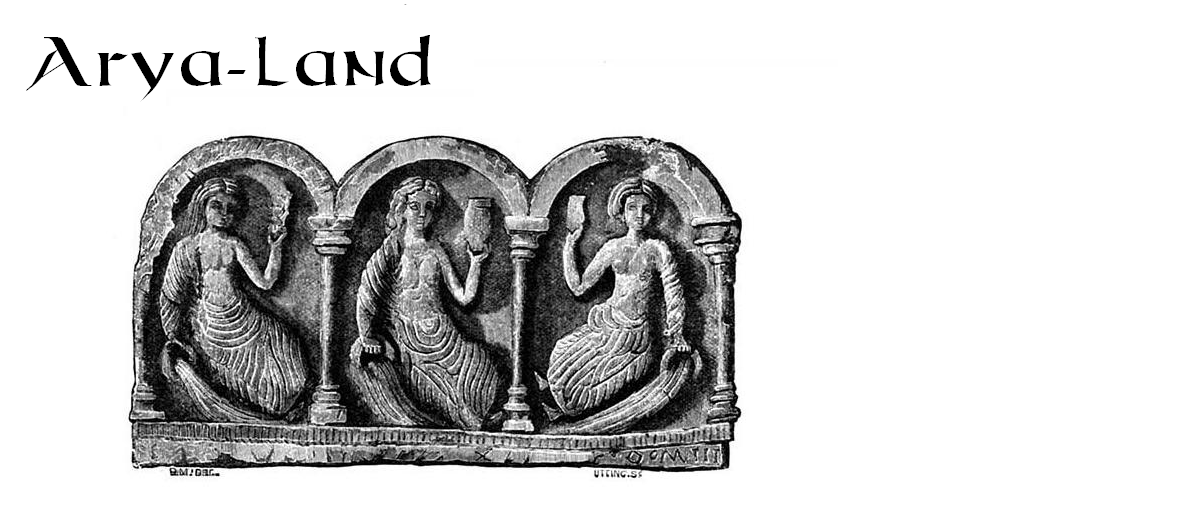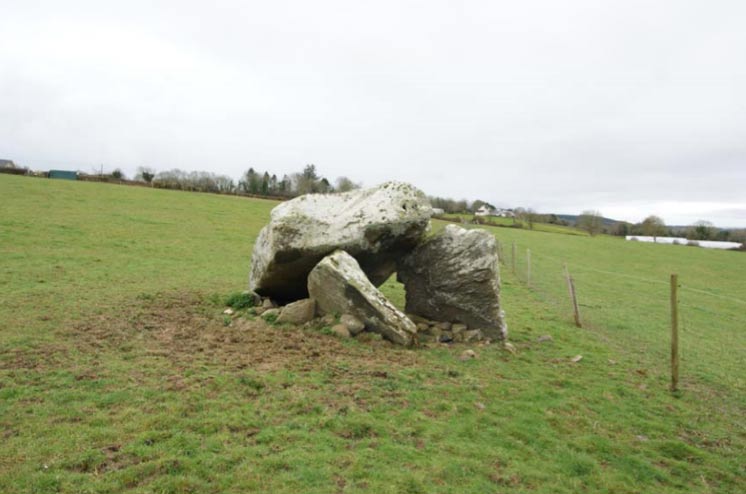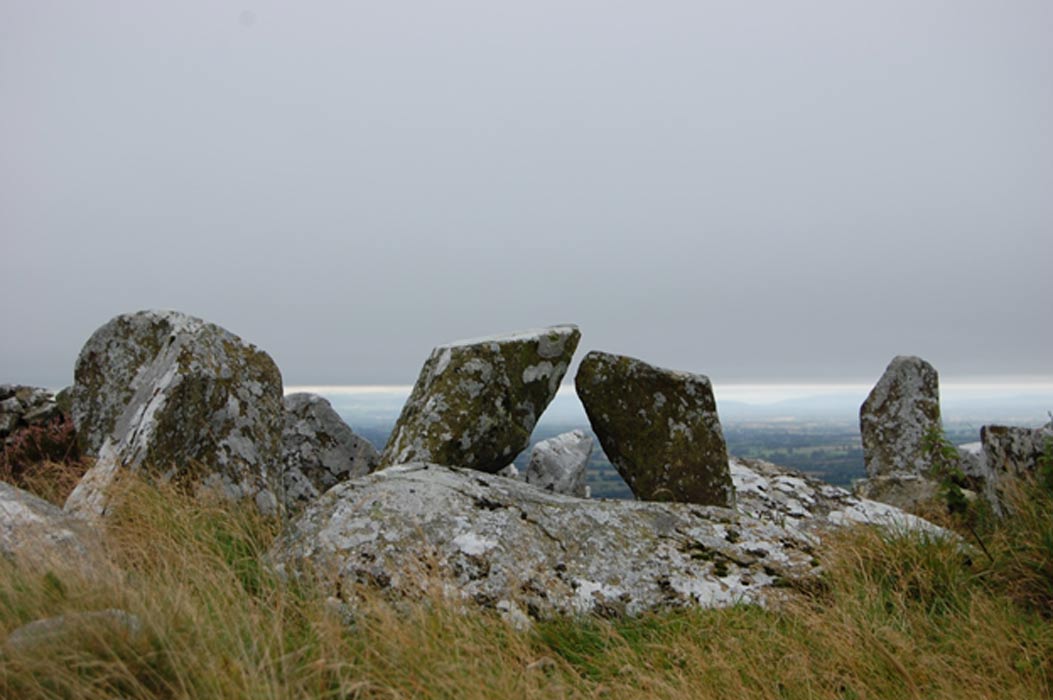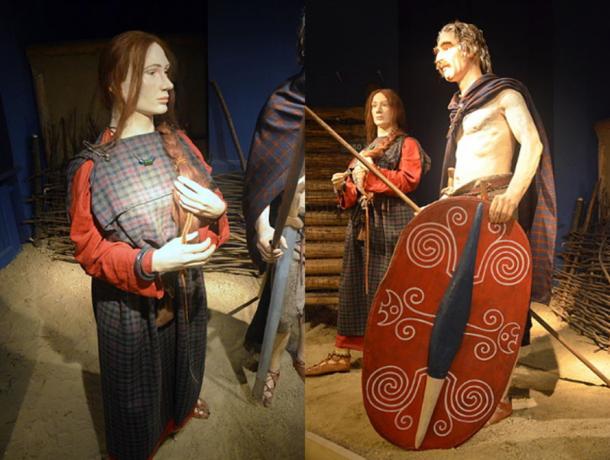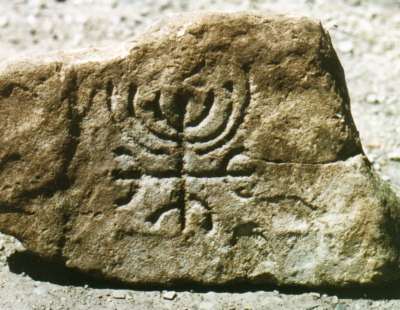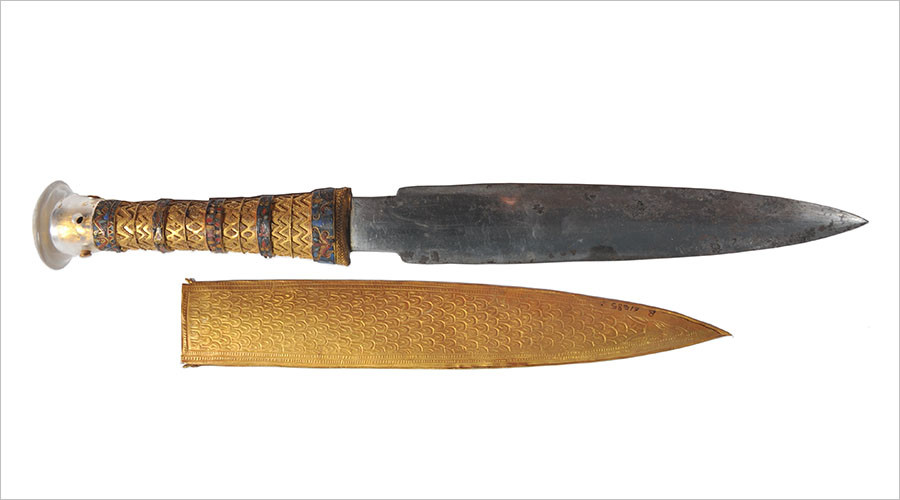
King Tut continues to astound the archaeological community, as new research shows that the ancient Egyptian child pharaoh was buried with a dagger that originated in outer space.
The iron blade placed in his sarcophagus next to the right thigh of his mummified body was manufactured from a meteorite, according to researchers from Milan Polytechnic, Pisa University and the Egyptian Museum in Cairo.
The team carried out an analysis using non-invasive, portable X-ray fluorescence spectrometry and published their results in the journal Meteoritics and Planetary Science.
Archaeologist Howard Carter’s discovery of King Tut’s tomb in 1922 sparked worldwide fascination with the 14th Century BC pharaoh. Three years later, two blades – one iron and one gold – were found in the wrapping of the 18th Dynasty mummy.
